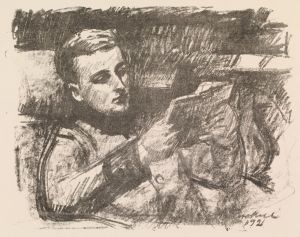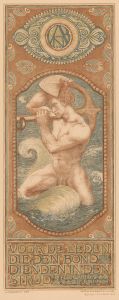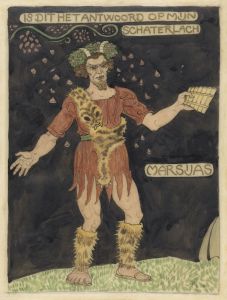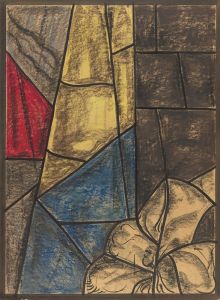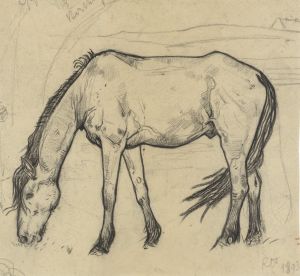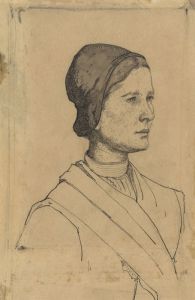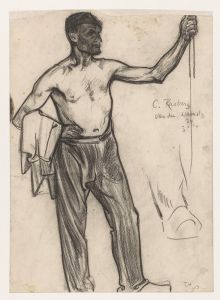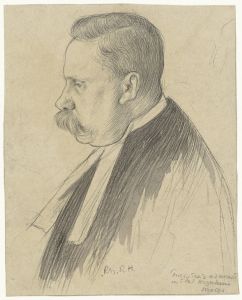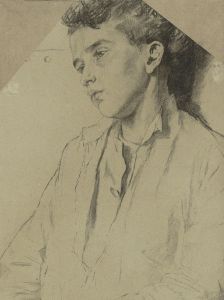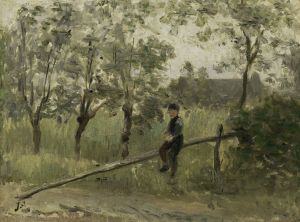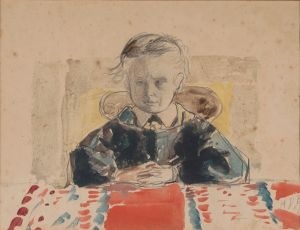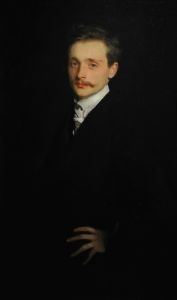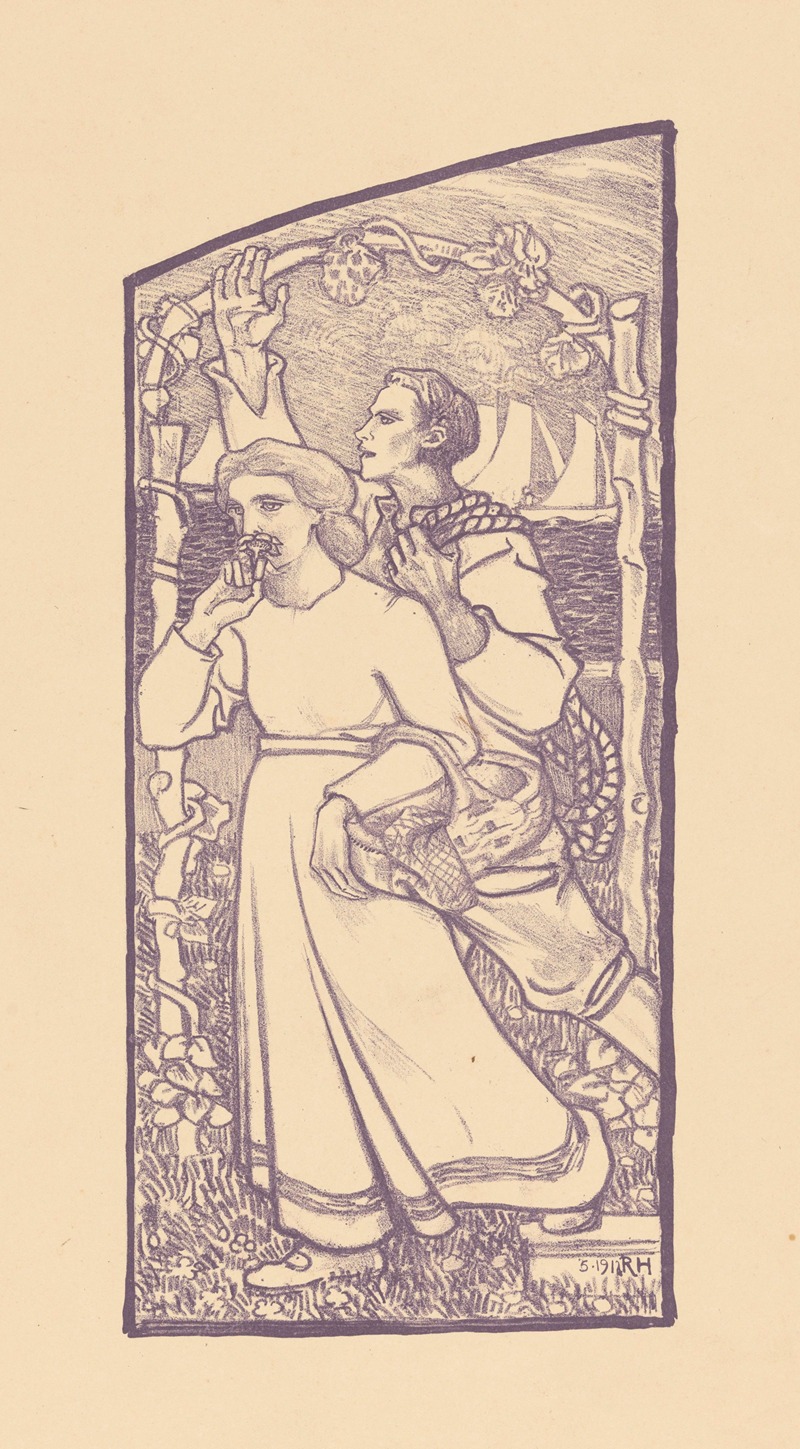
Meisje met een mand en jongen met een touw
A hand-painted replica of Richard Nicolaüs Roland Holst’s masterpiece Meisje met een mand en jongen met een touw, meticulously crafted by professional artists to capture the true essence of the original. Each piece is created with museum-quality canvas and rare mineral pigments, carefully painted by experienced artists with delicate brushstrokes and rich, layered colors to perfectly recreate the texture of the original artwork. Unlike machine-printed reproductions, this hand-painted version brings the painting to life, infused with the artist’s emotions and skill in every stroke. Whether for personal collection or home decoration, it instantly elevates the artistic atmosphere of any space.
Richard Nicolaüs Roland Holst was a prominent Dutch artist known for his contributions to the Symbolist movement in the late 19th and early 20th centuries. Born on December 4, 1868, in Amsterdam, Holst was a versatile artist whose works spanned painting, drawing, and design. He was deeply influenced by the social and political changes of his time, and his art often reflected his interest in these themes.
One of his notable works is "Meisje met een mand en jongen met een touw" (translated as "Girl with a Basket and Boy with a Rope"). This piece exemplifies Holst's style, which often incorporated elements of symbolism and a focus on human figures. The painting features two children, a girl holding a basket and a boy with a rope, set against a backdrop that suggests a narrative or deeper meaning, typical of Holst's symbolic approach.
Holst's work is characterized by its attention to detail and the use of muted colors, which create a contemplative and introspective mood. His paintings often explore themes of innocence, childhood, and the passage of time, inviting viewers to reflect on the broader human experience. "Meisje met een mand en jongen met een touw" is no exception, as it captures a moment of simplicity and quiet interaction between the two children, evoking a sense of nostalgia and timelessness.
Throughout his career, Holst was associated with the Dutch art movement known as the "Amsterdamse Joffers," a group of artists who were part of the larger Symbolist and Art Nouveau movements in Europe. He was also involved in the socialist movement, and his political beliefs often informed his artistic practice. Holst believed in the power of art to inspire social change and sought to create works that were both aesthetically pleasing and thought-provoking.
In addition to his painting, Holst was an accomplished designer and illustrator. He worked on various projects, including book illustrations and decorative arts, which further showcased his versatility and commitment to integrating art into everyday life. His contributions to the arts were recognized during his lifetime, and he held several prominent positions, including a professorship at the Rijksakademie van Beeldende Kunsten in Amsterdam.
Holst's legacy is preserved in various collections and museums, where his works continue to be studied and appreciated for their artistic and historical significance. "Meisje met een mand en jongen met een touw" remains an important part of his oeuvre, reflecting his unique ability to capture the essence of human experience through his art.
Despite the passage of time, Richard Nicolaüs Roland Holst's work continues to resonate with audiences, offering a window into the cultural and social dynamics of his era. His paintings, including "Meisje met een mand en jongen met een touw," serve as a testament to his skill as an artist and his commitment to exploring the deeper meanings of life through his art.





